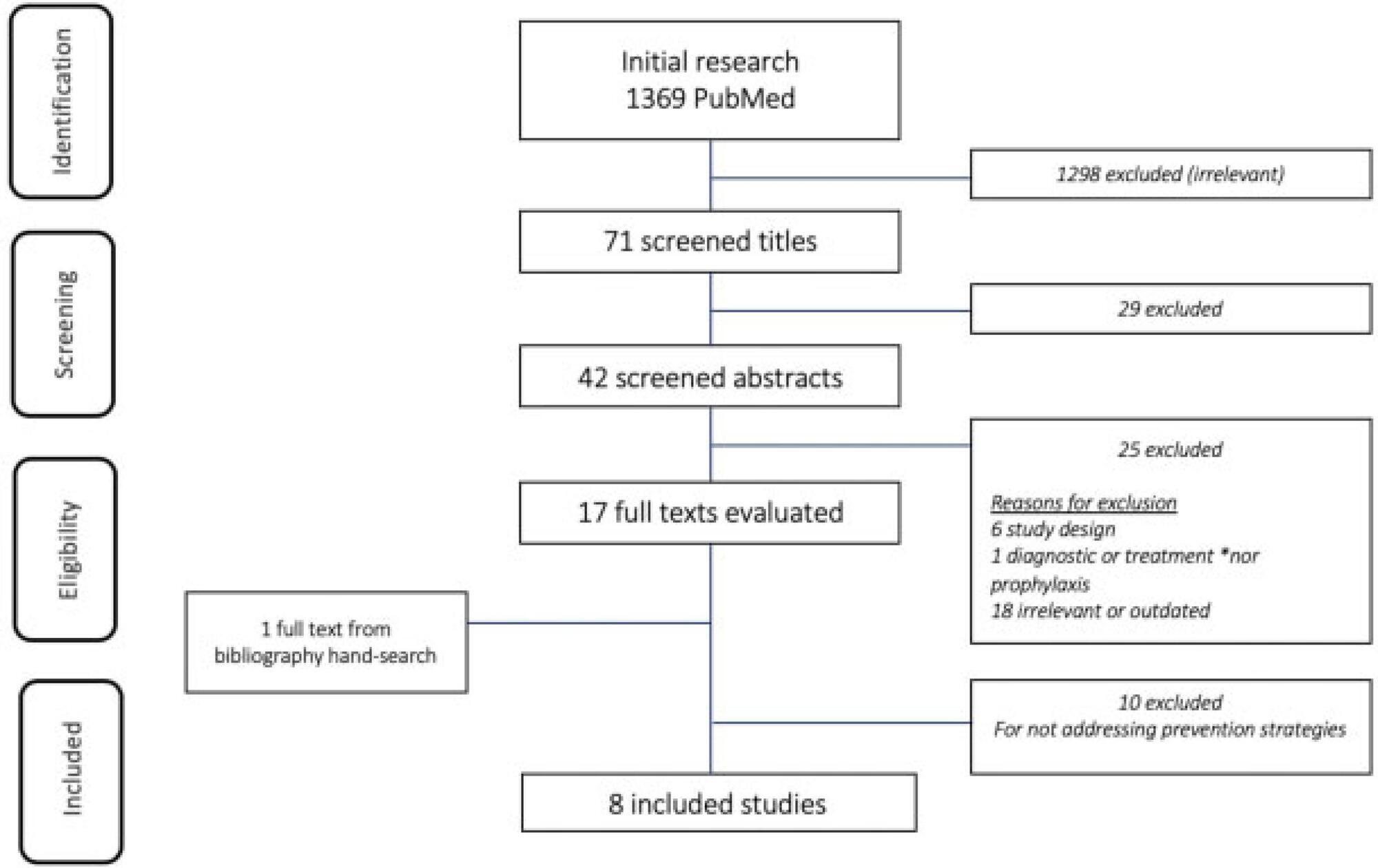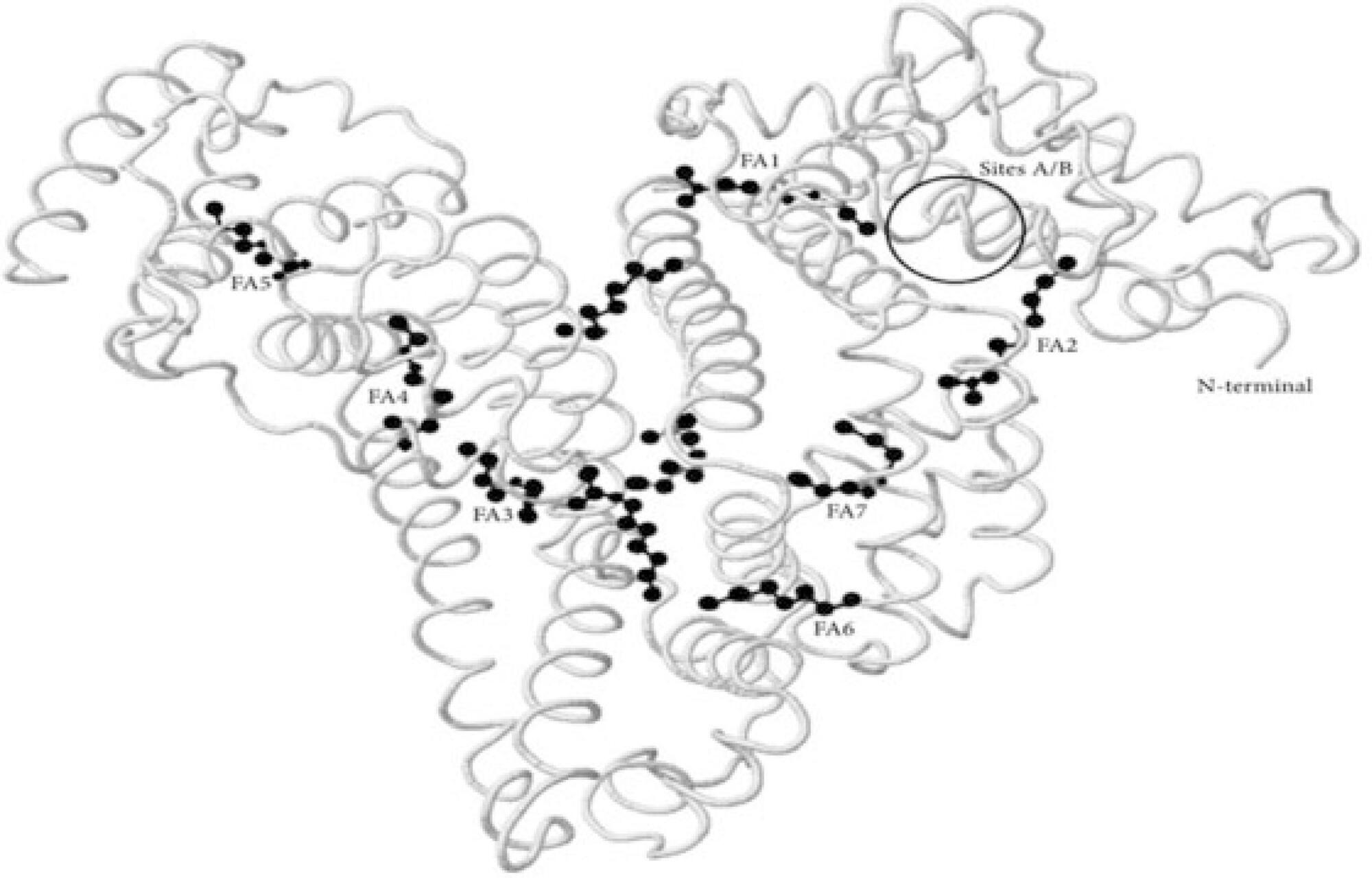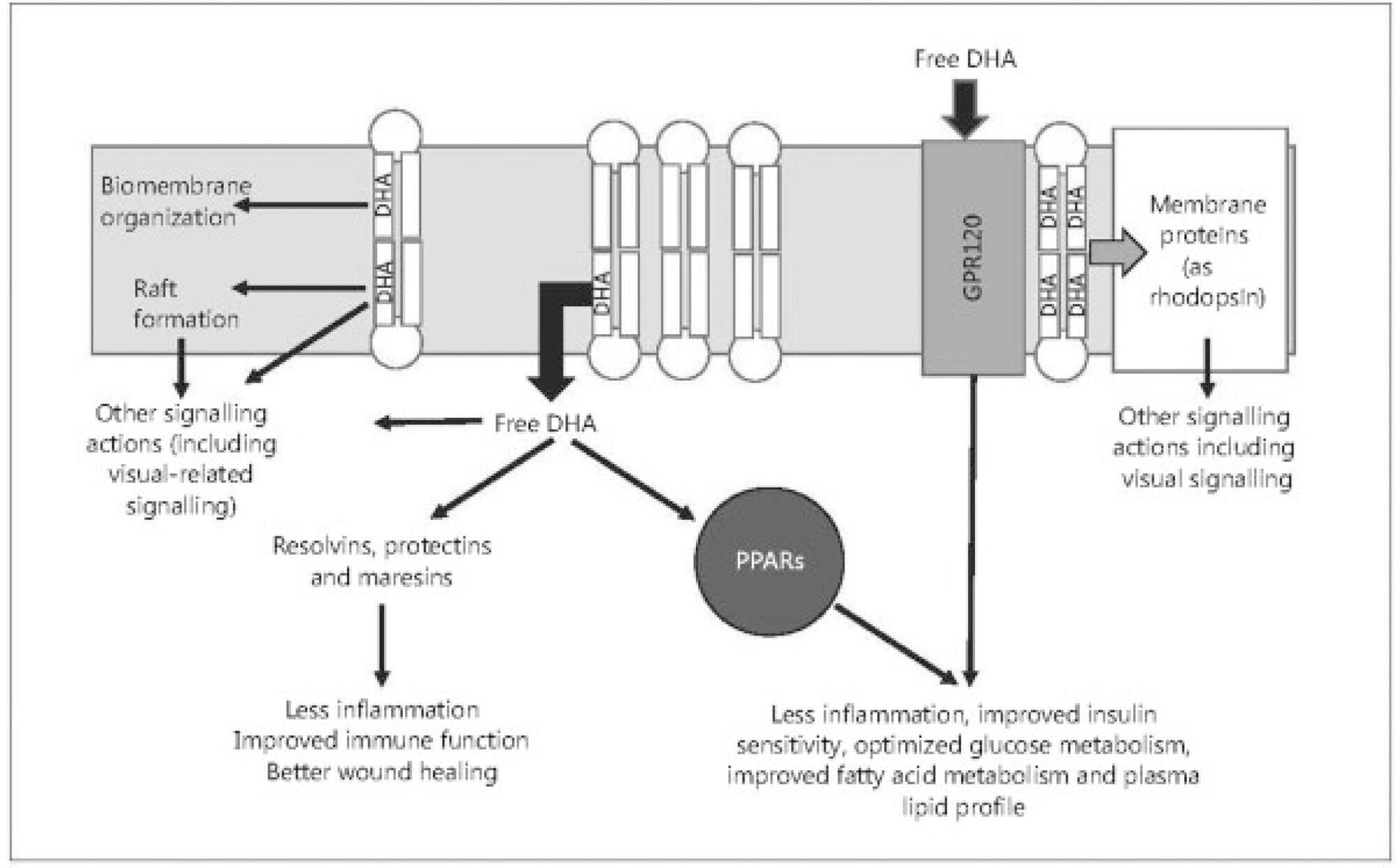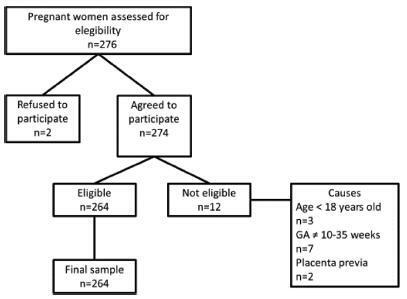Summary
Revista Brasileira de Ginecologia e Obstetrícia. 2020;42(9):535-539
To evaluate the obstetric outcomes of singleton high-risk pregnancies with a small size uterine fibroid.
This retrospective cohort study was conducted among 172 high-risk pregnant women who were followed-up by a single surgeon between 2016 and 2019. Pregnant women with preconceptionally diagnosed small size (< 5 cm) single uterine fibroids (n = 25) were compared with pregnant women without uterine fibroids (n = 147) in terms of obstetric outcomes.
There was no statistically significant difference between the groups in terms of adverse pregnancy outcomes. The size of the fibroids was increased in 60% of the cases, and the growth percentage of the fibroids was 25% during pregnancy. Intrapartum and short-term complication was not observed in women who underwent cesarean myomectomy.
Small size uterine fibroids seem to have no adverse effect on pregnancy outcomes even in high-risk pregnancies, and cesarean myomectomy may be safelyperformed in properly selected cases.
Summary
Revista Brasileira de Ginecologia e Obstetrícia. 2020;42(7):420-426
Since the World Health Organization (WHO) declared coronavirus infection (COVID-19) a Public Health Emergency of International Concern in January 2020, there have been many concerns about pregnant women and the possible effects of this emergency with catastrophic outcomes inmany countries. Information on COVID-19 and pregnancy are scarce and spread throughout a fewcase series, with no more than 50 cases in total. The present review provides a brief analysis of COVID-19, pregnancy in the COVID-19 era, and the effects of COVID-19 on pregnancy.

Summary
Revista Brasileira de Ginecologia e Obstetrícia. 2020;42(6):349-355
The new coronavirus (severe acute respiratory syndrome-related coronavirus 2, SARSCoV- 2) is a virus that causes a potentially serious respiratory disease that has spread in several countries, reaching humans in all age groups, including pregnant women. The purpose of this protocol is to provide technical and scientific support to Brazilian obstetricians regarding childbirth, postpartum and abortion care during the pandemic.
Summary
Revista Brasileira de Ginecologia e Obstetrícia. 2020;42(4):218-227
To identify current strategies and recommendations for venous thromboembolism prophylaxis associated with the pregnancy-puerperal cycle, a condition of high morbidity and mortality among women.
The literature search was performed between May and October 2019, using the PubMed database, including papers published in Portuguese, English and Spanish. The terms thromboembolism (Mesh) AND pregnancy (Mesh) OR postpartum (Mesh) were used as descriptors, including randomized controlled trials, meta-analyses, systematic reviews and guidelines published from 2009 to 2019, presenting strategies for prevention of thromboembolism during pregnancy and the postpartum.
Eight articles met the inclusion criteria. Many studies evaluated were excluded because they did not address prevention strategies. We compiled the recommendations from the American Society of Hematologists, the American College of Obstetricians and Gynecologists, the Royal College of Obstetricians and Gynecologists, the Society of Obstetricians and Gynaecologists of Canada, the American College of Chest Physicians and the Royal Australian and New Zealand College of Obstetricians and Gynaecologists.
There are some gaps in the research, and clinical studies with appropriate methodology are needed to support decisions made regarding the risk of thromboembolism in the perigestational period. Thus, the attention of the professionals involved in the care of pregnant and postpartum women is crucial, as it is a condition associated with high morbidity and mortality.

Summary
Revista Brasileira de Ginecologia e Obstetrícia. 2020;42(3):133-139
Ischemia-modified albumin (IMA)is a modified type of albumin protein that is formed under oxidative stress. This study aims to compare the levels of serum IMA between normotensive and preeclamptic pregnancies and to evaluate the relationship between the severity of the disease.
A total of 90 pregnant women aged between 18 and 45 years participated in this cross-sectional study. The levels of serum IMA were measured by enzyme-linked immunosorbent assay in 30 preeclamptic pregnant women with the severe signs of the disease, 30 preeclamptic pregnant women, and 30 normotensive pregnant women.. The study was designed as a cross-sectional clinical study.
When the demographic characteristics were examined, statistically significant differences were found between the groups in terms of age, gestational week at birth and blood pressure. Age was higher in the preeclampsia with signs of severity group than in the normotensive group (p = 0.033). Pregnancy week was significantly the lowest in the preeclampsia with the severity signs group (p = 0.004). In normotensive patients, IMA levels were lower than in the preeclampsia groups (p = 0.001) but there was no significant difference in terms of severity of disease (p = 0.191). According to laboratory data; only the creatinine level was significantly different between the groups.
The levels of serum IMA were higher in patients with preeclampsia than in healthy pregnancies. However, there was no significant correlation in terms of preeclampsia severity; more extensive, prospective and long-term studies are needed.

Summary
Revista Brasileira de Ginecologia e Obstetrícia. 2020;42(3):160-164
Long-chain omega-3 (n-3) polyunsaturated fatty acids (PUFAs), such as the eicosapentaenoic and docosahexaenoic acids, have been linked to human health in all stages of life, from fetal development to aging. These PUFAs act as precursors for various metabolites involved in the prevention of certain diseases. The recognizable effects of these supplements prior to pregnancy (oocyte maturation), during pregnancy (improvement in the risk of premature delivery, among others) and in the offspring (in terms of cognitive function and the approach to neurodevelopmental disorders) are described in the present narrative review. We concluded that the diffusion of these supplements may improve the prognosis of these patients in a simple, effective way, and with high safety rates.

Summary
Revista Brasileira de Ginecologia e Obstetrícia. 2019;41(10):588-596
To assess the daily dietary intake and energy contribution of ultraprocessed foods among women who are positive and negative for the human immunodeficiency virus (HIV) during pregnancy.
This case-control study included 77 HIV-positive and 79 HIV-negative puerperal women between 2015 and 2016. The socioeconomic and maternal demographic data were assessed, and a food frequency questionnaire (FFQ) adapted for pregnant women was applied. The Fisher exact test and the Mann-Whitney test were applied to detect differences between the groups. Linear regression was used to assess the associations between the intake of ultra-processed food and energy, macro- and micronutrients, with values of p < 0.05 considered significant.
The HIV-positive group was older (p< 0.001) and had lower income (p= 0.016) and level of schooling (p< 0.001) than the HIV-negative group. Both groups presented similar average food intake: 4,082.99 Kcal/day and 4,369.24 Kcal/day for the HIV-positive and HIV-negative women respectively (p= 0.258).The HIV-positive group consumed less protein (p= 0.048), carbohydrates (p= 0.028) and calcium(p= 0.001), andmore total fats (p= 0.003). Ultra-processed foods accounted for 39.80% and 40.10% of the HIV-positive and HIV-negative groups’ caloric intake respectively (p= 0.893). The intake of these foods was associated with a higher consumption of carbohydrates (p < 0.001), trans fat (p= 0.013) and sodium (p< 0.001), as well as lower protein (p < 0.001) and fiber intake (p= 0.022).
These findings demonstrate that the energy consumption and ultraprocessed food intake were similar in both groups, which reinforces the trend toward a high intake of ultra-processed food in the general population. The intake of ultraprocessed food was positively associated with the consumption of carbohydrates, trans fat and sodium, and negatively associated with the consumption of protein and fiber.
Summary
Revista Brasileira de Ginecologia e Obstetrícia. 2019;41(9):555-563
To determine the prevalence of sexual dysfunction and its associated factors in pregnant women.
A descriptive, cross-sectional study including 262 pregnant women aged 18 years or older with gestational age between 10 and 35 weeks. Women with urinary tract infections and conditions of gestational risk were excluded. The Pregnancy Sexual Response Inventory (PSRI) questionnaire was used. We performed a univariate descriptive analysis, and comparisons between the mean values of the sexual function domains were made using the Student t-test. The chi-squared test was used to determine the association between the independent and dependent variables. The prevalence ratios, with their respective 95% confidence intervals, were also estimated, and a multivariate analysis was performed.
A total of 64.9% of women reported a decrease in the frequency of sexual activity during pregnancy. Slightly more than half of the women (50.8%) were satisfied, and arousal was reported as excellent/good by 30.5% of them. The frequency of sexual difficulties/dysfunctions increased with pregnancy, rising from 5.7% to 58.8%, and pain during sexual intercourse was reported by 45.8% of them. Having higher education degree decreased the chance of being sexually dissatisfied by 50%. The total PSRI score showed a significant decrease from the prepregnancy period (mean score = 89.8, “excellent”) to the pregnancy period (mean score = 59.2, “good”).
The mean sexual function score during pregnancy was classified as good, although most pregnant women reported at least one type of alteration in the sexual function domains, and the report of dissatisfaction was more frequent in women with lower schooling.
